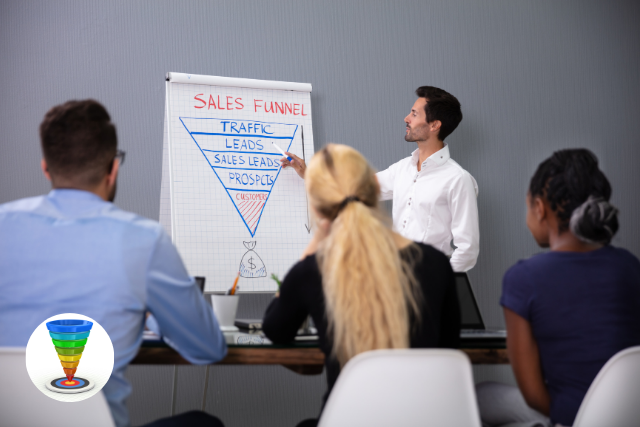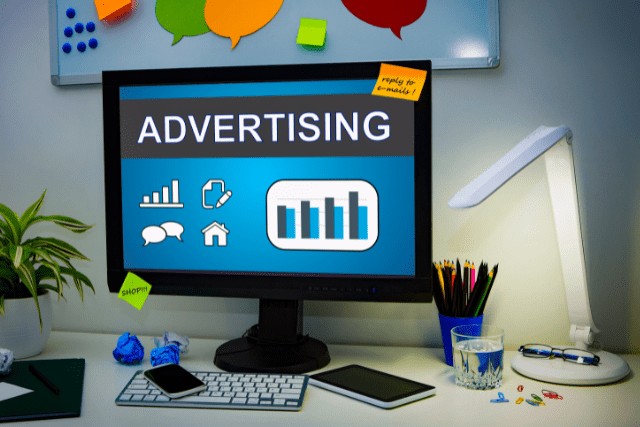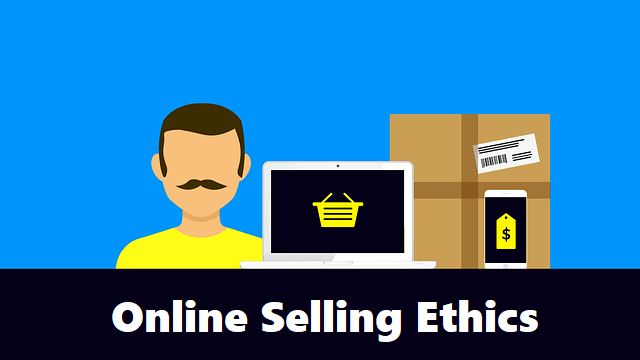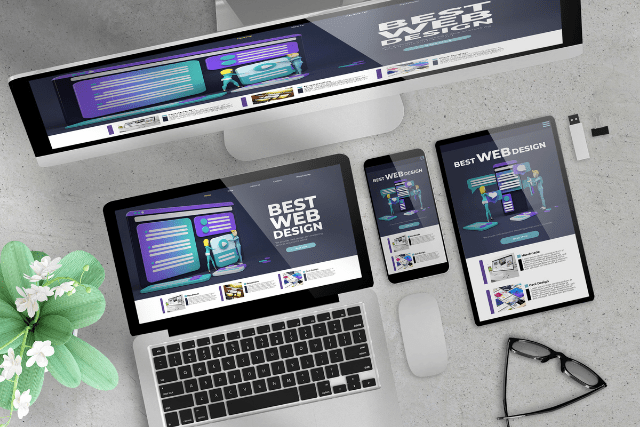Are you looking to enhance your sales strategy and boost conversions? Understanding and implementing effective sales funnel models can make all the difference. In this article, we’ll explore some of the best sales funnel models to help you guide prospects through their buying journey and turn them into loyal customers.
What is a sales funnel?
A sales funnel is a visual representation of the customer journey, illustrating the process potential customers go through, from the initial awareness of a product or service to the final purchase.
The funnel shape represents the narrowing down of prospects as they move through each stage, with the wide top capturing a broad audience and the narrow bottom representing the actual buyers.
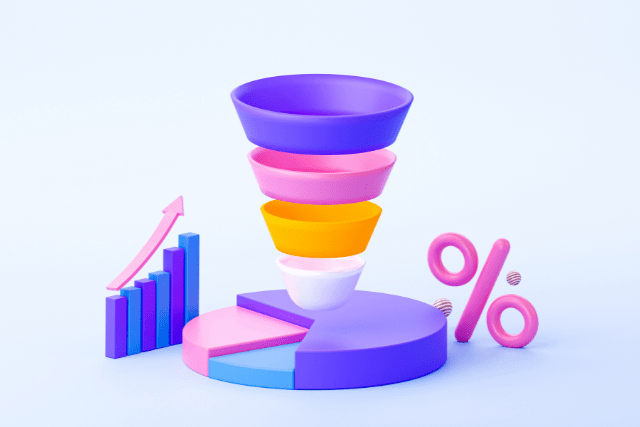
Key Stages of a Sales Funnel
1. Awareness
At the top of the funnel, the goal is to attract as many potential customers as possible. This stage is about making people aware of your brand, product, or service. Marketing strategies at this stage include:
- Content Marketing: Blog posts, articles, videos, and infographics.
- Social Media Marketing: Engaging content on platforms like Facebook, Instagram, Twitter, and LinkedIn.
- Paid Advertising: Pay-per-click (PPC), display, and social media ads.
- SEO: Optimizing content to appear in search engine results.
2. Interest
Once potential customers know your brand, the next step is to pique their interest. This stage involves engaging with them and providing more detailed information about your offerings. Strategies include:
- Email Marketing: Sending newsletters, product updates, and educational content.
- Webinars and Videos: Offering in-depth presentations and demonstrations.
- Lead Magnets: Free resources like eBooks, whitepapers, or guides in exchange for contact information.
3. Consideration
At this stage, potential customers evaluate their options and consider whether your product or service meets their needs. The goal is to convince them that your offering is the best choice. Strategies include:
- Case Studies and Testimonials: Showcasing success stories and positive feedback from existing customers.
- Product Demos: Offering free trials or demonstrations.
- Detailed Product Information: Providing comprehensive product descriptions, specifications, and benefits.
4. Intent
Potential customers at this stage are showing clear signs of wanting to purchase. They might add products to their cart, sign up for a free trial, or request a quote. Strategies to encourage them include:
- Special Offers: Discounts, limited-time promotions, and bundling deals.
- Remarketing: Targeted ads to remind them of the products they viewed or left in their cart.
- Personalized Follow-Ups: Sending customised emails or messages to address any remaining concerns and prompt action.
5. Purchase
This is the critical stage where the prospect completes the purchase and becomes a customer. Ensuring a smooth and hassle-free buying process is essential. Strategies include:
- User-Friendly Checkout Process: Simplified steps, multiple payment options, and clear instructions.
- Customer Support: Assisting with live chat, phone, or email to resolve any issues quickly.
6. Retention
Retaining customers and encouraging repeat purchases is crucial for long-term success. Strategies to keep customers engaged and loyal include:
- Follow-Up Emails: Sending thank-you emails, order confirmations, and product usage tips.
- Loyalty Programs: Offering rewards, discounts, or exclusive offers to repeat customers.
- Customer Feedback: Gathering feedback to improve products and services and showing customers that their opinions matter.
Why is a Sales Funnel Important?
Improved Customer Understanding
A sales funnel helps you understand your customer’s journey, allowing you to tailor your marketing strategies to meet their needs at each stage.
Increased Conversion Rates
By guiding prospects through the sales funnel with targeted content and offers, you can increase the likelihood of converting them into paying customers.
Better Resource Allocation
Understanding which stages of the funnel need improvement allows you to allocate resources more effectively, focusing on areas that will yield the highest returns.
Enhanced Customer Retention
A well-structured sales funnel doesn’t stop at the purchase stage; it also includes retention strategies to keep customers returning, increasing their lifetime value.
Key Sales Funnel Models to Consider
1. AIDA Model
The AIDA model is among the oldest and most widely used sales funnel frameworks. It stands for Attention, Interest, Desire, and Action.
Stages
- Attention: Capture the prospect’s attention through advertising, content marketing, or other outreach methods.
- Interest: Engage them with informative content that piques their interest.
- Desire: Build desire by highlighting your product or service’s benefits and unique selling points.
- Action: Encourage the prospect to take action, such as purchasing or signing up for a newsletter.
Benefits
- Simple and easy to understand.
- Applicable across various industries.
- Focuses on the psychological journey of the customer.
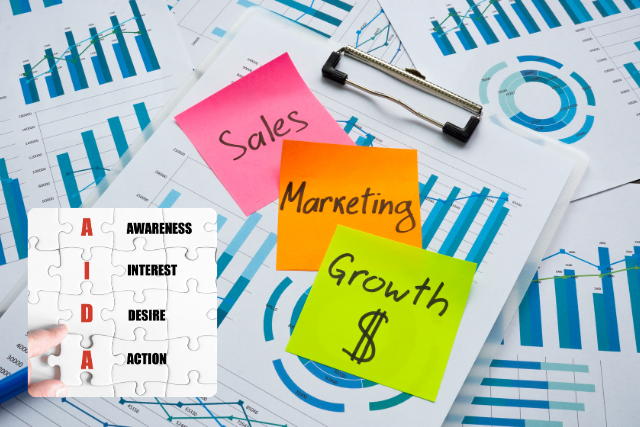
2. TOFU-MOFU-BOFU Model
The TOFU-MOFU-BOFU model stands for Top of Funnel, Middle of Funnel, and Bottom of Funnel. It emphasizes tailoring content and strategies to the customer’s stage in the buying process.
Stages
- Top of Funnel (TOFU): Awareness stage where the goal is to attract as many prospects as possible. Use blog posts, social media, and SEO.
- Middle of Funnel (MOFU): Consideration stage where prospects evaluate options. Use webinars, case studies, and email nurturing.
- Bottom of Funnel (BOFU): The decision stage is where the goal is to convert prospects into customers. Use free trials, demos, and personalized offers.
Benefits
- Provides a structured approach to content marketing.
- Helps in delivering the right message at the right time.
- Improves lead nurturing and conversion rates.
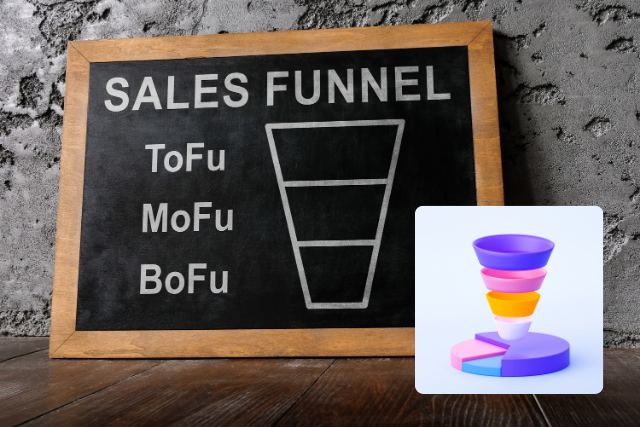
3. Inbound Sales Funnel
The Inbound Sales Funnel focuses on attracting customers through valuable content and experiences tailored to them.
Stages
- Attract: Draw in visitors with relevant content and SEO strategies.
- Convert: Convert visitors into leads with calls-to-action (CTAs), landing pages, and forms.
- Close: Turn leads into customers through email campaigns, CRM management, and targeted offers.
- Delight: Delight customers to turn them into promoters of your brand with follow-up emails, surveys, and loyalty programs.
Benefits
- Builds trust and credibility with prospects.
- Creates a personalized customer experience.
- Enhances customer satisfaction and retention.
4. The Pirate Funnel (AARRR)
Developed by Dave McClure, the Pirate Funnel focuses on critical metrics to track and optimize at each funnel stage: Acquisition, Activation, Retention, Referral, and Revenue.
Stages
- Acquisition: Attract users to your site or product.
- Activation: Ensure users have a great first experience.
- Retention: Keep users coming back.
- Referral: Encourage users to refer others.
- Revenue: Monetize the user base.
Benefits
- A data-driven approach to growth.
- Focuses on user experience and retention.
- Encourages viral growth through referrals.
5. The Sandler Pain Funnel
The Sandler Pain Funnel identifies and addresses the prospect’s pain points to drive the sales process.
Stages
- Identify Pain: Uncover the prospect’s challenges and pain points.
- Quantify Pain: Determine the impact of these pain points on the prospect’s business.
- Develop a Solution: Present your product or service as the solution to these pain points.
- Close the Deal: Guide the prospect in making decisions based on alleviating their pain points.
Benefits
- Highly personalized approach.
- Builds strong relationships with prospects.
- Focuses on solving real problems, making the sales pitch more compelling.
How to Choose the Right Sales Funnel Model
Understand Your Audience
Knowing your target audience is crucial. Consider their needs, pain points, and behavior patterns. This understanding will help you choose the funnel model that aligns best with your audience’s journey.
Set Clear Goals
Define what you want to achieve with your sales funnel. Whether it’s increasing brand awareness, generating leads, or driving sales, your goals will influence the choice of your funnel model.
Test and Optimize
Implementing a sales funnel is not a one-time task. Continuously test different strategies and optimize your funnel based on performance data. A/B testing, feedback, and analytics are essential for refining your approach.
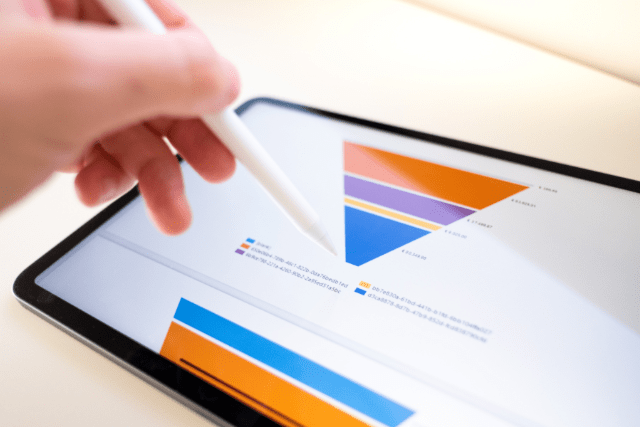
Conclusion
Choosing a suitable sales funnel model can significantly impact your business’s success. By understanding and implementing these proven models—AIDA, TOFU-MOFU-BOFU, Inbound Sales Funnel, Pirate Funnel, and Sandler Pain Funnel—you can effectively guide your prospects through their buying journey, improve conversion rates, and drive sustainable growth for your business. Regularly analyze and optimize your sales funnel to ensure continuous improvement and long-term success.

